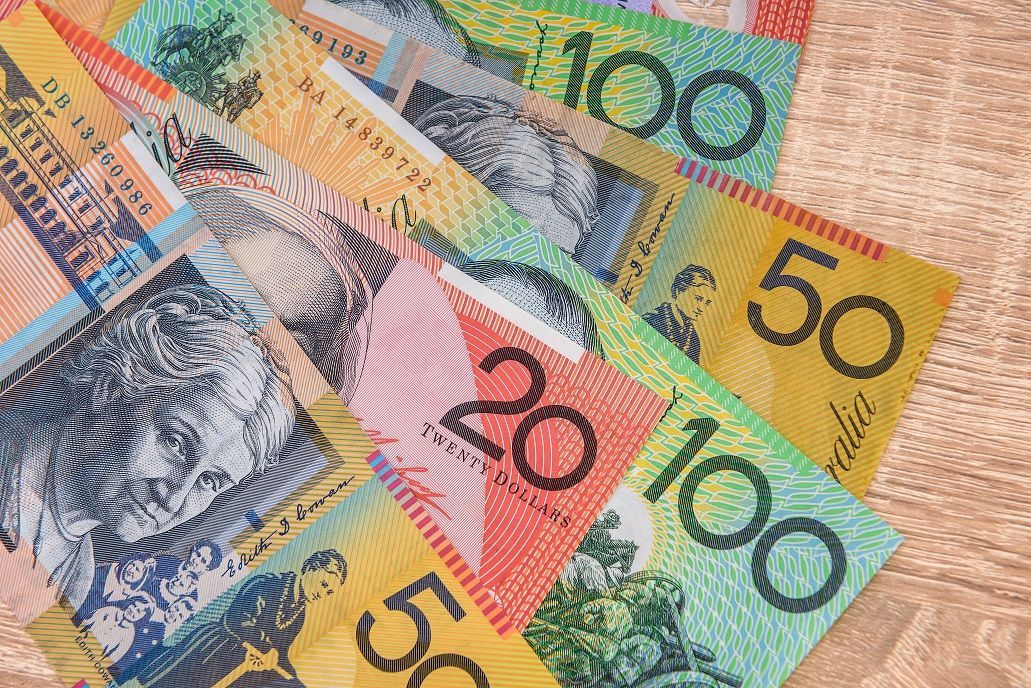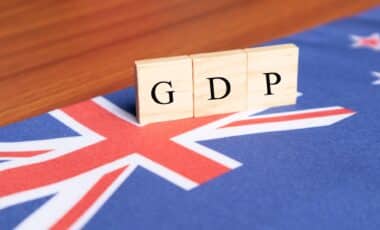Fresh tariffs announced by US President Donald Trump have rocked financial markets throughout the world, with Australia’s ASX 200 seeing its biggest one-day loss since September. Concerns about the wider economic ramifications, such as currency depreciation and share market volatility, are growing as investors scramble to reduce risk.
Australia’s economy is susceptible to changes in international commerce, especially when those changes involve powerful economies like China and the United States. Fears of more economic instability have been sparked by the current tariff measures, which have caused a steep sell-off in stocks. Concerns for importers and foreign tourists have increased as a result of the Australian dollar’s decline.
Financial Markets Enter Risk-Off Mode
The Australian Securities Exchange (ASX) suffered a dramatic $50 billion sell-off on Monday, as investors reacted to heightened trade tensions. The ASX 200 recorded its most significant decline in months, mirroring concerns across global markets. Wall Street futures also signalled further losses, with pre-market indicators showing a decline of more than two per cent.
Market analysts attribute this reaction to investor uncertainty surrounding the broader consequences of Trump’s tariffs, particularly their impact on trade relations between the US and key partners, including China, Canada, and Mexico. “Investors have started what will probably be a de-risking phase—taking money out of stocks and crypto and shifting to the safety of the US dollar and gold,” said Jessica Amir, market strategist at MooMoo Australia.
While some economists argue that market corrections were overdue given the recent record highs, others warn of the risks posed by escalating trade tensions. “Global equities are facing an onslaught of challenges at present,” said Betashares chief economist David Bassense, highlighting the uncertainty in equity markets and the likelihood of deeper corrections ahead.
Impact on the Australian Economy and Currency
Trump’s trade policies are having an impact on the Australian economy as a whole, not just the stock market. The Australian dollar has suffered greatly, losing value in relation to other major currencies such as the euro and the US dollar. Analysts warn that the depreciating dollar may raise import prices, increasing the cost of foreign goods for Australian consumers and businesses.
Sean Callow, senior FX strategist at InTouch Capital Markets, noted that “the Aussie dollar is suffering renewed collateral damage from Trump’s trade war.” He warned that Australia, though not directly targeted by the tariffs, could still feel the economic fallout due to its deep trade connections with China and the US.
Economic analysts also fear the potential for a stagflationary shock—where higher import costs lead to inflation while economic growth slows. “Steep tariff increases could create a negative economic hit combined with an inflationary impulse,” said Gregory Daco, chief economist at EY-Parthenon.
Although a rate cut by Australia’s Reserve Bank was anticipated in response to weakening economy, worries over growing inflationary pressures could change the outlook for monetary policy. Businesses and authorities in Australia prepare for further economic uncertainty as the trade war intensifies.









